
Don’t you have these worries about documents?
No matter how hard you try to clean up, the DMs and documents keep coming.
There are many tax-related and insurance documents that you don’t know what to keep and what to throw away. Have you ever had the experience of thinking that if you throw something away, you might get in trouble later, so you might as well keep it for now?
If any of the following sounds familiar to you, please take a look at this article.
- You are too busy to organize and sort.
- You can’t throw them away because you don’t know what they are. You’ll keep them all.
- The documents you need are not immediately available.
- Sometimes you miss the deadline for payment of something that needs to be paid.
- The documents are scattered all over the place. You are always looking for something.
If you’re one of those people, the six must-have items will help your document organization!
What are the Six Must-have Items for Document Organization?
- box 1
- clear file 1
- ring file 2 to 3
- pocket file with 2 holes
- Muji shop masking tape (white)
- paper hole puncher
That’s it! Let me explain how you can use these items to organize.
1.Box
It can be anything, as it is a box where you can put things “for now” before you organize them. It can be anything that is not too big and does not get in the way when left out. But definitely only one. Don’t add more than one.
Put things you find in your mailbox when you come back from outings. Put receipts in your wallet in here for now. That’s right, you don’t have to look for anything here and there because you can collect all the documents here in the box.
Of course, anything that is clearly not needed or does not fit in the “for now” box, such as trash, should be put in the trash on the spot. Gather all the documents in one place and throw away the ones you don’t need. This is the first classification.
2.Clear File
The next step is to use a clear file to sort out the items with due dates, which is the second classification.
Files in the picture below are clear files.
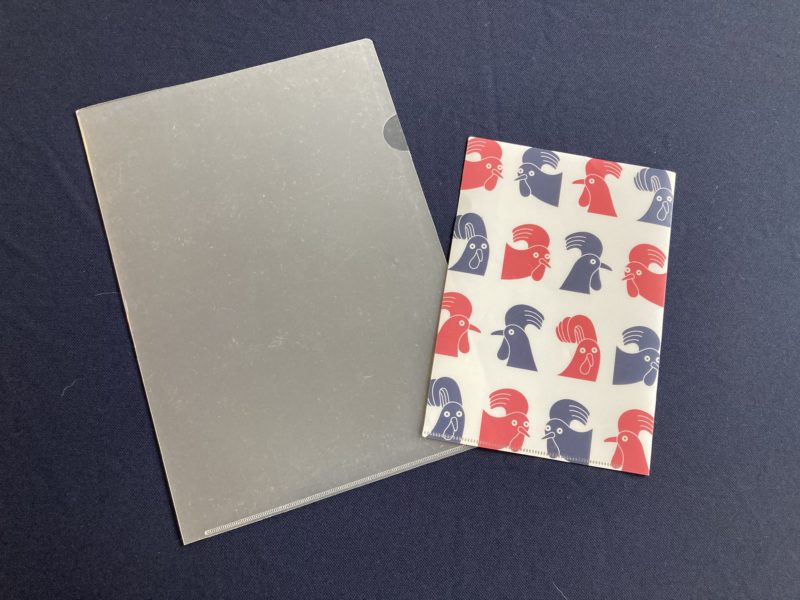
You may see A4 or letter size files all the time, but I always prepare an A5 or half the letter size (right) cut in half. This is where I put things that are due for submission or payment. What you should never do is to put them back in the envelope they came knowing you have to pay them. It will always get buried and forgotten.
That’s why I put them in a clear file next to my wallet, ready to submit and pay immediately. I dare to use a smaller size because it is easier to put in my bag. If possible, use a file with a prominent color or pattern so it won’t get buried in your bag.
3.Ring File
The file below are so-called a ring file. There are two-hole files and 30-hole files for loose-leaf sheet, but I recommend the two-hole A4 or letter size files, because papers can be easily punched and bound for two holes.
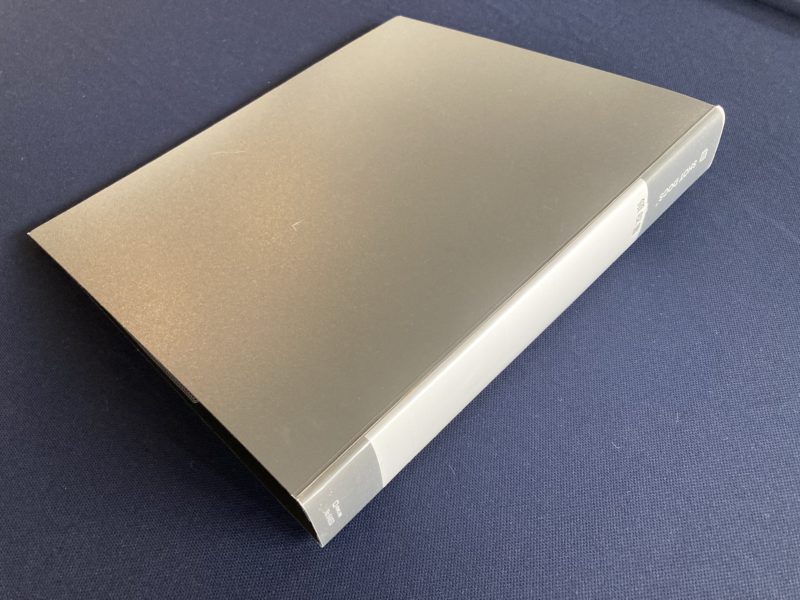
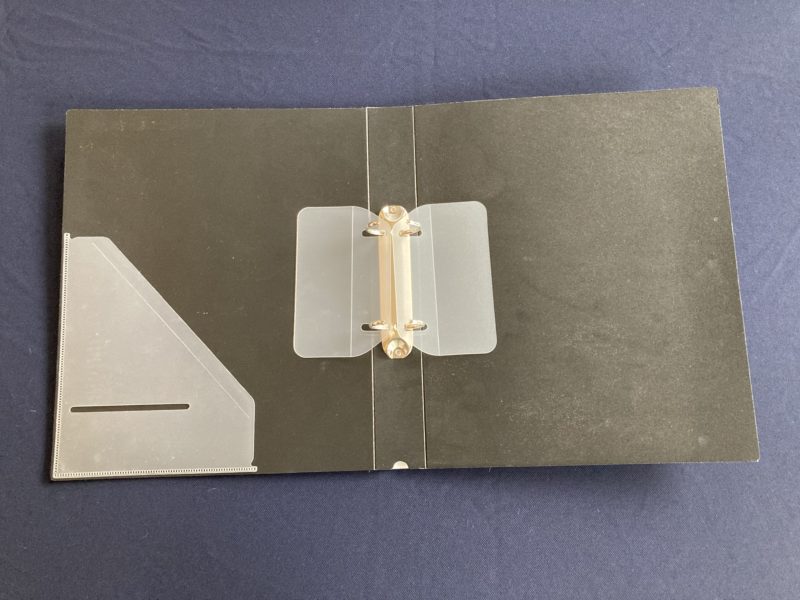
After removing the due items from the “for now” box, you are left with documents to save. If you start to examine whether you need to keep them or not, it will take a long time and you will get frustrated, so use a ring file to save everything and empty the “for now” box periodically. That’s the point.
However, even if you keep everything, you still have to sort through them to some extent. Now, the third classification is to divide the files into the number of files needed for each purpose.
This is the tricky part. The thought of reading and understanding every single document may make you feel you don’t want do it. So, although I can’t recommend it out loud, an easy way to sort documents is to sort them by size and color. When you have a collection of the same documents, you will naturally know what they are about and how often they are sent to you. It’s a wonder.
You can increase the number of files you prepare depending on what you want to sort. For your information, I have 5 files (User’s manuals, insurance, cards, receipts, personal data).
- User’s Manual: This one needs no explanation. Keep them with the warranty card and receipt.
- Insurance: Life insurance, car insurance, fire insurance, etc. There is a surprisingly large amount of insurance-related document, including the contents confirmation letter sent every year.
- Cards: In addition to the credit cards I use frequently, I also have a variety of other cards, which I sort by card base with the card number written. This is a good way to keep track of your card numbers in case you lose them.
- Receipt documents: This is the file that comes and goes the most. This is where I keep all my payment related documents such as taxes, utility bills, medical bills, credit card statements, etc.
- Others : A file for things that can’t be categorized anywhere else, such as health checkup results or a copy of a contractor’s report that you only order once a year.
The important thing here is to circulate by throwing away old things when new things come. For example, if you buy a new refrigerator, replace the old instruction manual with a new one and if you receive a new credit card, replace the old one with a new one. After the year-end adjustment and tax return are completed, the past receipts should be discarded or kept together with the tax return documents.
Circulate the documents so that they will not exceed a certain amount.
Ring files are available at one-coin stores, but they are not thick enough, and since these are used for storage, you should choose a firm one that suits your taste.
You may be thinking, “my taste for just a file?”. But if you have something you like that you will enjoy holding in your hands, it will make organizing more fun. It’s true. Please give it a try!。
You can decide how many categories you want to use based on the number of items you can easily remember and manage.
4.Pocket File 5.Muji Shop Masking Tape
The photos below are the pocket files with the names written using masking tape. These are for small or irregularly shaped documents that can’t be punched and bound in regular files.

Pocket files are sold at one coin shops for about 100 yen per 10 sheet at quite satisfactory quality, I believe. That’s all you need. Anyway, just take the irregular shaped paper pieces out of the “for now” box, put them in the pocket files. That’s it. You don’t even need to put them in order.
Then use masking tape to write names that can be recognized at a glance and bind them in the ring file described in the previous section.
6.Puncher
In fact, this is probably the one I use most for document organization.
Most documents nowadays are A4 or letter size. So all you have to do is punch holes in one end and bind them in a two-hole file. Don’t worry about the type or order of the documents, just bind them in chronological order, one after another.
Monthly credit card statements, pension notices, tax payment notices, etc. Like this.

The biggest advantage is to know that everything that comes every month is here. Items that are due are already separated as mentioned in the previous section, so all you have to do is bind them. I also bind things that I’m not sure if I should throw away or keep. Because the same ones will come again in a year.
The ones on the left are too small to punch holes in, so I put them in a pocket file, but the ones that can be punched, such as credit card statements, are just bound like the ones on the right.
You should choose a hole puncher that you will enjoy using because you will frequently pick up in your hand and use. Don’t look down on the puncher! It’s the puncher! I myself use a compact red puncher with a stopper so that it doesn’t get in the way when I put it in a drawer.
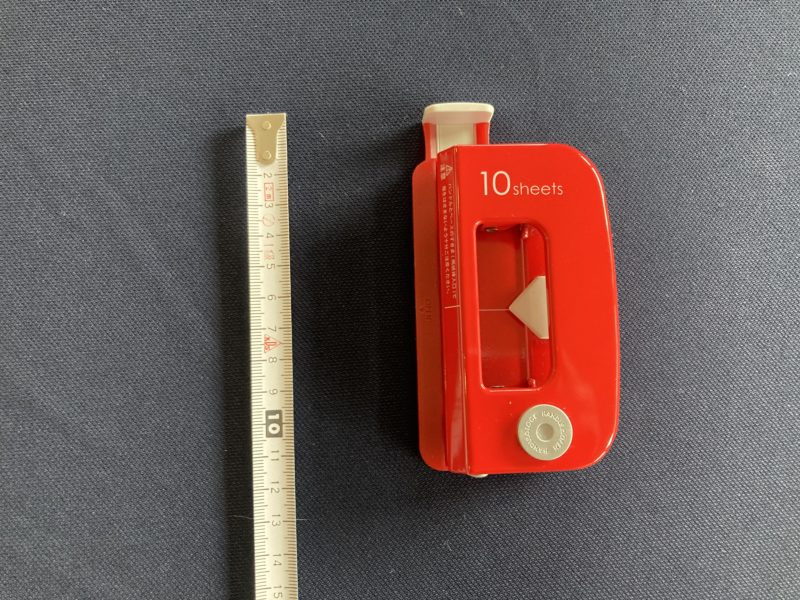
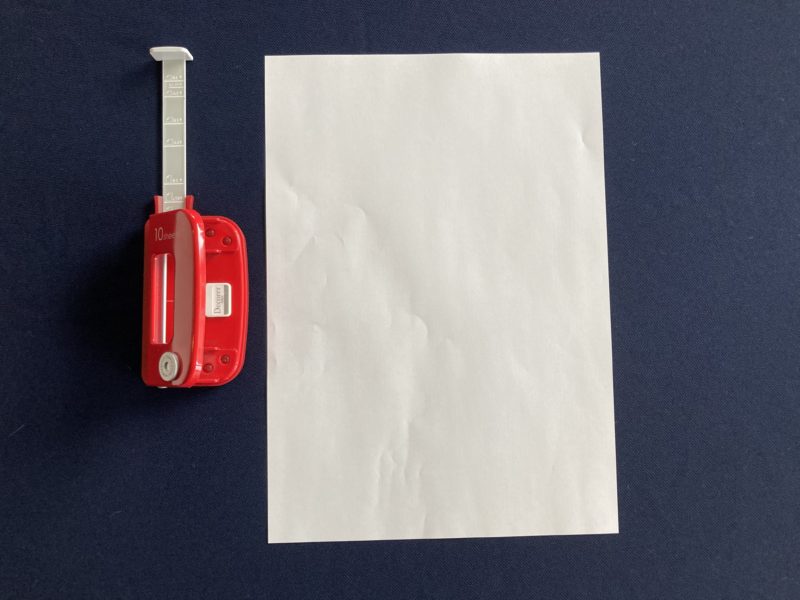
Summary
I use a ring file, but you can use a file box, plastic case, etc. The ease of use varies from person to person. But the best way to get into the habit is to eliminate as much of the tedious work as possible. So don’t over-categorize, and make filing easy.
To summarize:
- Use the “for now” box to gather the document in one place.
- Put all items with payment and submission deadlines together where they can be seen.
- Keep punching holes and binding them.
- Put small items that cannot be punched in pocket files.
That’ it!
So, why don’t you start now? You’ll never have to look for papers again!
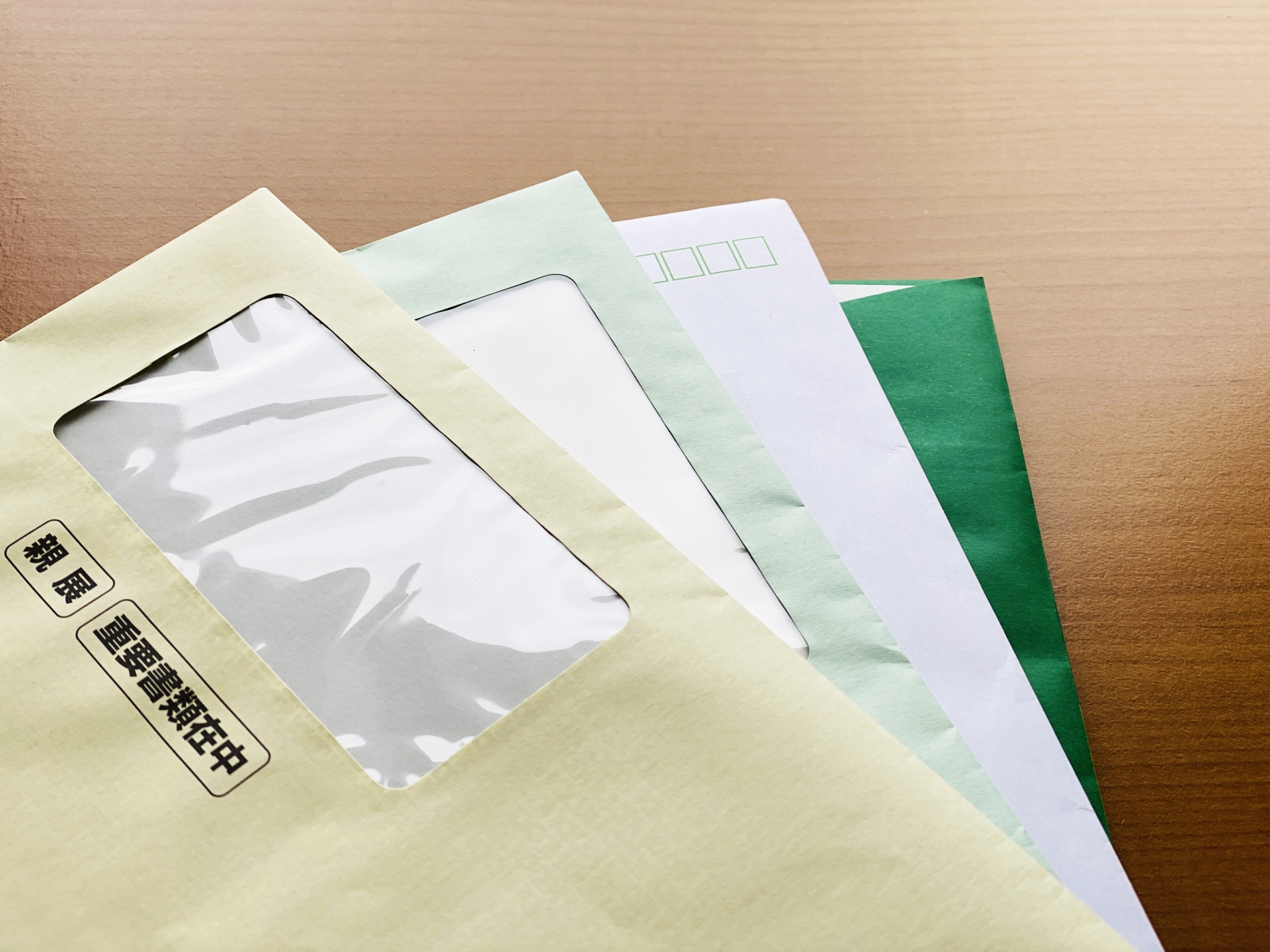





コメント Comments (click below to write in a comment)